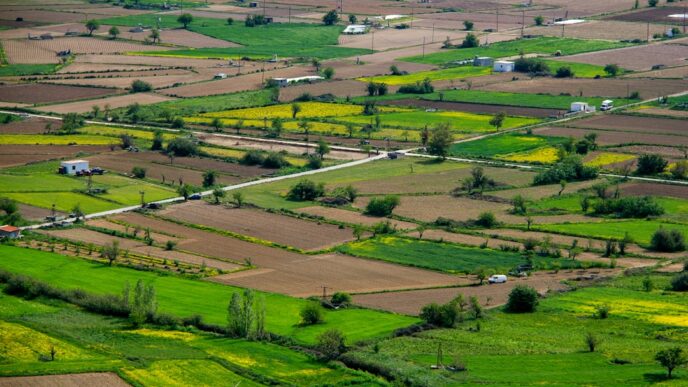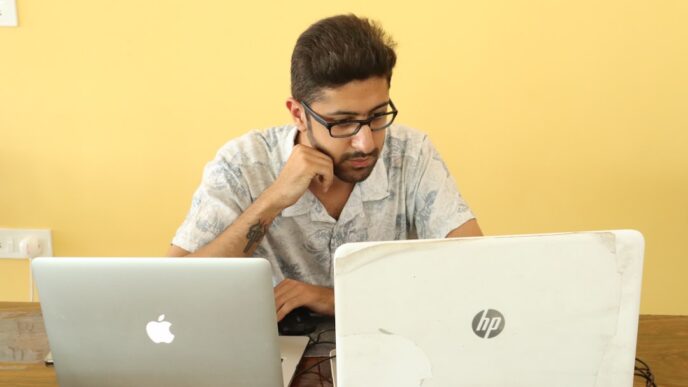In an age characterized by rapid technological advancement, a perplexing phenomenon is emerging: the stagnation of true creative innovation. Despite monumental strides in artificial intelligence and automation, industries such as technology, media, and education are witnessing a decline in groundbreaking ideas and a homogenization of products and services. The implications of this creativity crisis stretch beyond mere discontent among artists and innovators; they touch the very fabric of economic growth and inequality.
Consider the case of the United States, a nation that has long prided itself on being a beacon of innovation. Yet, in recent years, reports from the National Bureau of Economic Research indicate a troubling trend: the rate of business startups, historically a sign of dynamic creativity, has been declining. Startups are crucial because they act as incubators for new ideas, drive competition, and create jobs. The decline suggests that the economy is not only becoming sluggish but also increasingly less inventive.
The stagnation can be attributed to a confluence of factors. One major culprit is the overwhelming focus on efficiency over creativity in business practices. As companies prioritize cost-cutting and optimization, the time and resources devoted to brainstorming and experimentation diminish. For instance, tech giants, driven by shareholder expectations, often prioritize short-term profits over long-term innovation. This shift has led to a landscape where risk aversion reigns, stifling the imaginative spirit necessary for breakthrough developments.
Moreover, the educational landscape is failing to prepare the next generation for a world that values creativity. Traditional schooling often emphasizes rote learning and standardized testing, leaving little room for critical thinking or creative expression. The World Economic Forum’s Future of Jobs report highlights that skills like creativity and problem-solving are increasingly sought after, yet educational systems worldwide remain bogged down in outdated methodologies. This disconnect creates a workforce ill-equipped to drive the innovative economy that many governments aspire to foster.
The consequences are particularly pronounced in developing nations. For instance, countries like Nigeria and India exhibit a vibrant youth population ready to contribute creatively. Yet, without the necessary platforms or support systems, their potential remains untapped. Organizations like the African Development Bank have acknowledged this issue, pointing out that without investment in education and creative industries, many developing economies risk falling into a cycle of inefficiency and inequality.
From a policy perspective, governments must reconsider their approach to fostering creativity. Instead of merely incentivizing traditional industries, stakeholders should invest in cultural initiatives, enhance access to education that nurtures creative skills, and support incubators for startups that prioritize innovation. Countries such as Finland offer case studies worth examining; their educational reforms emphasize a blend of creativity and critical thinking, resulting in a more innovative society.
In sum, as we traverse the complexities of the modern economic landscape, recognizing and addressing the creativity crisis is essential. It’s not just about the future of industries like technology or media; it’s about societal progress and equitable economic distribution. Unless there is a concerted effort to cultivate creativity as a core economic contributor, we may find ourselves in an era where the innovation engine is not just stalled but at risk of complete shutdown.













